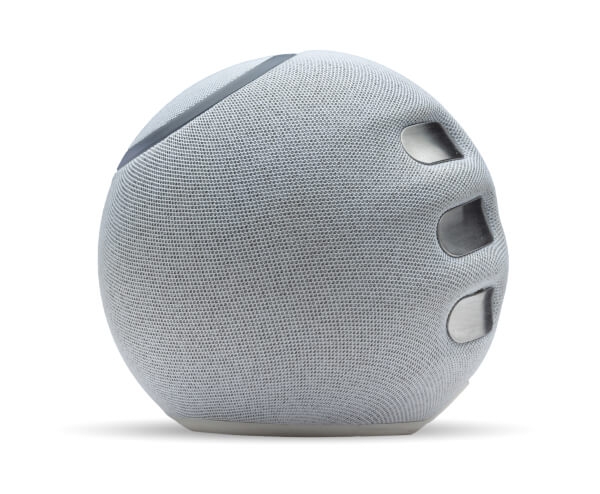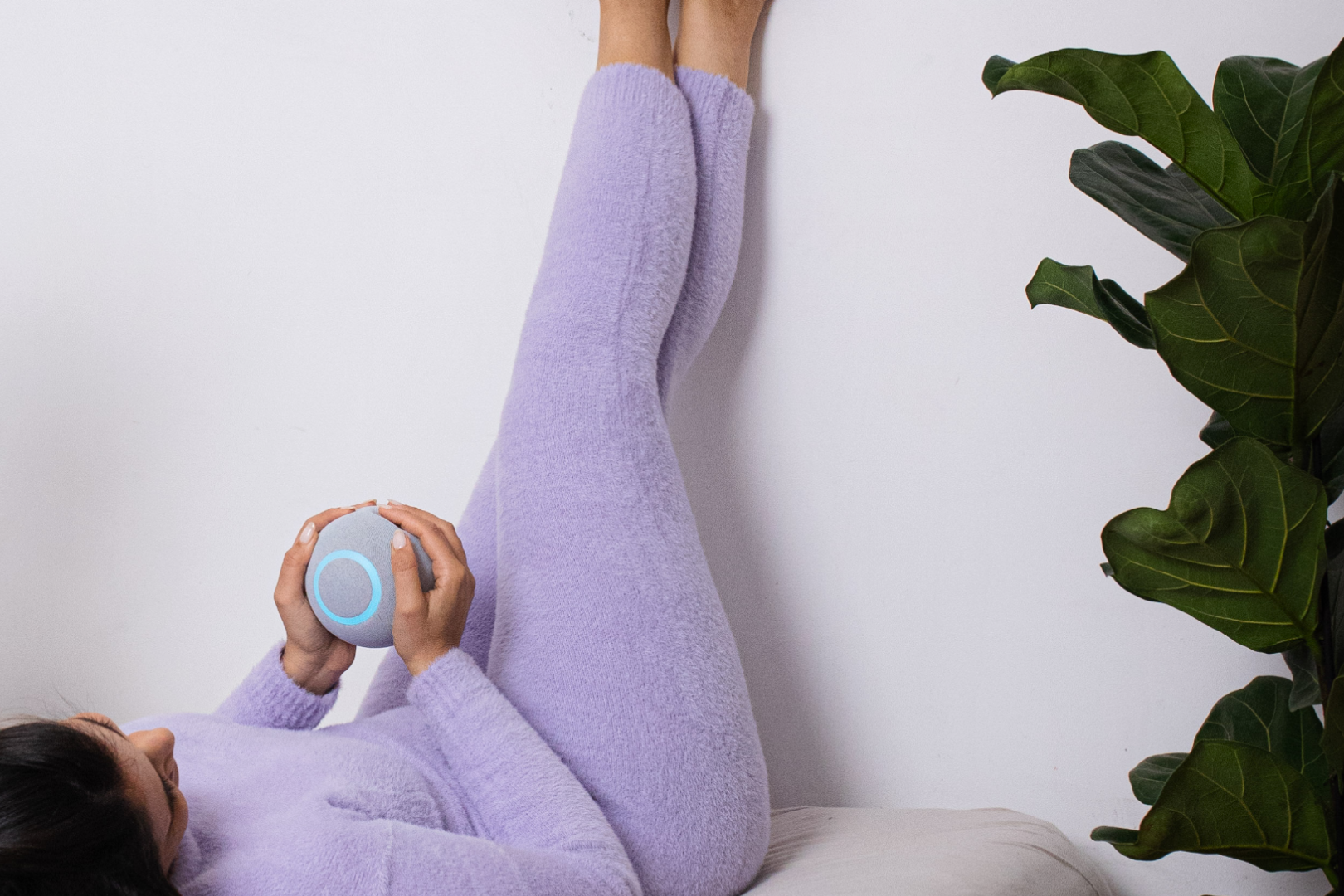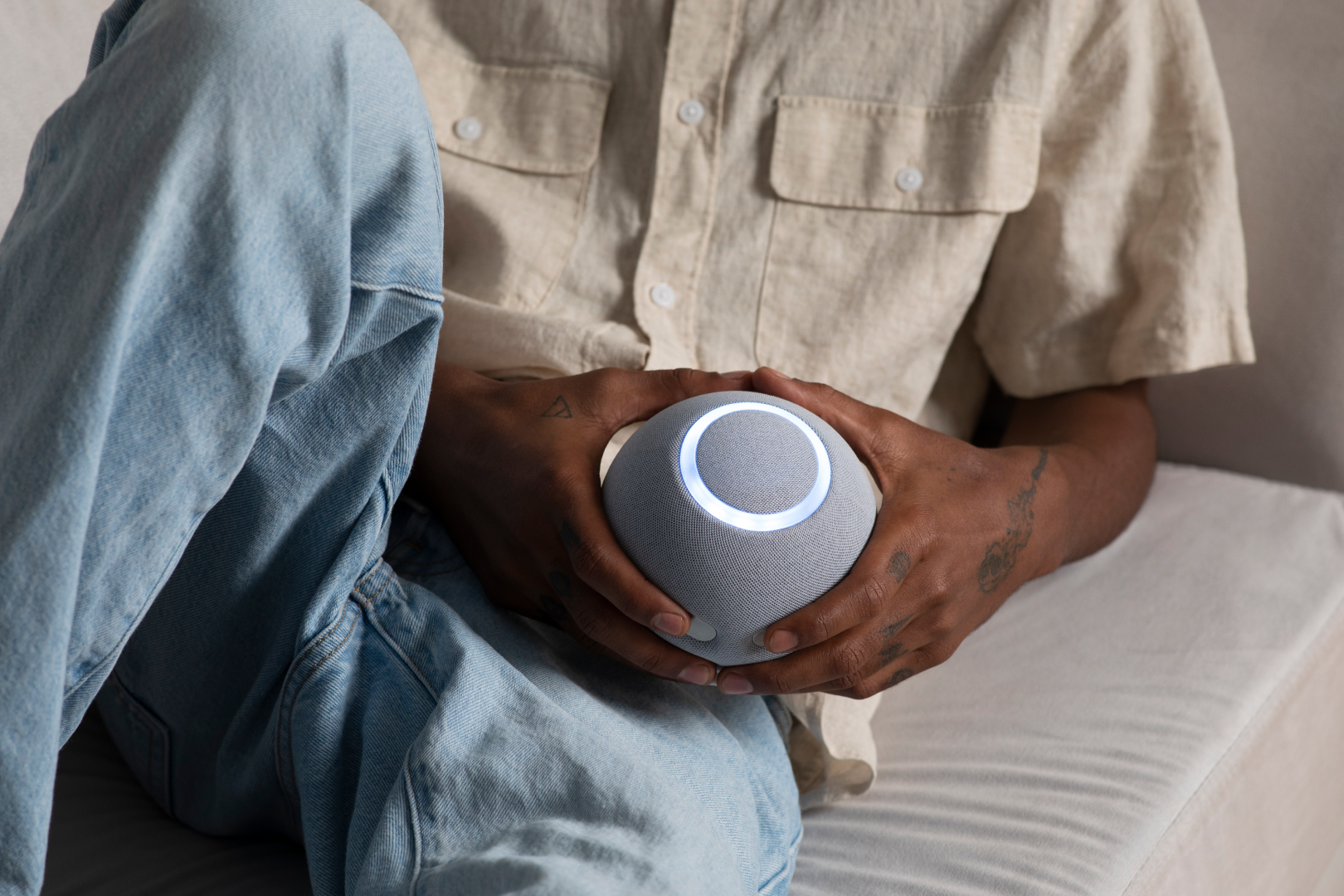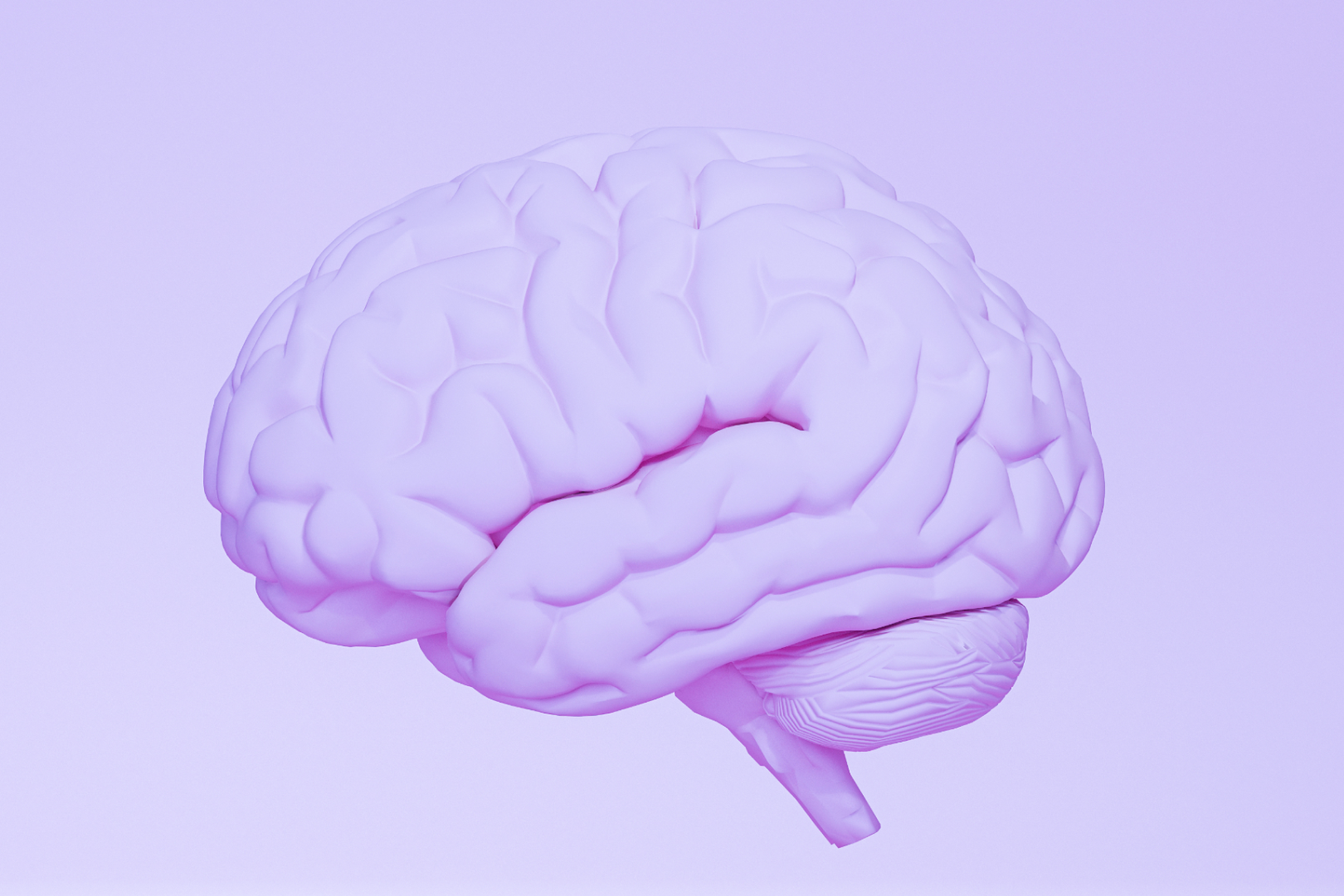If you’ve ever had a bad headache or migraine, you know it’s no fun at all – and you are not alone. Over 50% of the global population suffer from regular headaches, and 14% from migraines. Each day, 15.8% of the people in the world have a headache!
There are several factors that cause headaches, such as being dehydrated, not getting enough sleep, and in very rare cases, a neurological condition. But the most common cause of headaches by far – and one that is not talked about enough – is stress and tension. Of course, pain medications such as paracetamol or ibuprofen are the first choice for many people seeking relief.
Cutting triggers from one’s diet or lifestyle is another way to control headaches. For example, if you know that red wine gives you a headache, you can choose not to drink it or minimize your intake. But these are more like band-aids than real solutions. If most headaches are due to tension or stress, the best way to manage the symptoms is by reducing stress in your life. An effective way to do this is by practicing biofeedback.
What is biofeedback and how can it help with headaches and migraines?
Biofeedback is a mind-body technique that helps people become aware of their thoughts and feelings and how these impact their physiological responses. In biofeedback, the individual wears sensors on the skin that measure various physiological activities, such as heart rate, breathing rate, skin temperature, sweating, and even brain waves.
These responses are displayed on the biofeedback device in an interactive and engaging way. For example, the device may show a light turning from red to blue to indicate that the heart rate is slowing down. During the session, the person is guided through relaxation exercises, and by seeing their physiological changes on the device or screen in real time, they can learn how to control their stress response and reduce the symptoms that come with it.
Biofeedback is helpful for the treatment of several mind-body disorders, such as anxiety, chronic pain, and fibromyalgia, and has also been proven helpful in reducing the symptoms of medical conditions such as diabetes, asthma, epilepsy, and high blood pressure. Biofeedback headache treatment is also a popular use of the technique.
A 2015 study showed that biofeedback can help reduce the symptoms of headaches. Given the strong connection between stress and headaches, this is not surprising. Migraine biofeedback treatment is also shown to be promising.
According to the National Headache Foundation, there are more than 500 studies that support the use of biofeedback migraine treatment, with three main benefits: firstly, biofeedback can help alleviate migraine before the onset of the headache phase, it can help reduce the frequency of migraine occurrence, and it can help the individual gain a sense of control, which may lessen the sensation of pain.
What is the difference between headaches and migraines?
‘Headache’ is the term given for any kind of pain in the head, face, or base of the neck. Most people will have a headache at some point in their lives, but for many people, headaches are a frequent occurrence. There are several different types of headache, including tension headaches, cluster headaches, ice pick headaches, and thunderclap headaches, to name a few.
Each has their own unique pattern of pain. Headaches may cause pain all over the head, or in just one part, such as the eye socket, forehead, or back of the head. Migraine is a more severe and particular form of headache, believed to be a result of constriction of blood vessels in the brain.
It typically causes a very painful pulsating or throbbing sensation affecting only one side of the head. A migraine can cause other physical symptoms too, such as nausea, extreme sensitivity to light, vertigo, and visual disturbances. For people who suffer from severe migraine, an attack can be extremely debilitating, lasting hours or even days.
Is biofeedback better than other treatments for relieving headaches and migraines?
Although headaches and migraine can be quite different, the treatment approaches are much the same – painkillers, lifestyle changes and relaxation techniques.
There are stronger, prescription-based pain medications available for migraines, but these do not cure the disorder; they can only treat the symptoms, so they are not a long-term solution. The best line of defense is actually a preventative approach.
This means avoiding lifestyle triggers that may cause headaches, such as lack of sleep, alcohol consumption, and poor eating habits. Because of the strong link between headaches, migraine, and stress, reducing stress and learning to cope better with everyday stressors is probably the most important thing to do.
As a proven technique for stress-related mind-body disorders, biofeedback may be better than other treatments for relieving headaches and migraines. A huge advantage of biofeedback is that it is a non-invasive, natural treatment with no side effects. For people who want to avoid pain medications or reduce their intake, biofeedback is a safe and viable technique to try.
Can I do biofeedback at home?
Another big advantage of biofeedback is that you can do it at home, on your own, without costly therapist-led sessions. Once, biofeedback required the use of cumbersome lab equipment and a trained practitioner to operate it.
Today, with new developments in home-based, digital, and wearable technology, you can use an at-home biofeedback device to accurately measure many of your physiological responses and use them as part of your meditation or relaxation routine.
The Reflect biofeedback device does not even require you to apply sensors to the body. Simply place your hands on the Reflect orb, and it will detect your physiological responses through the skin and provide biofeedback to help you understand and control them.
The Reflect orb is simple and stylish too, so it blends naturally into your decor, making it a welcome part of your wellness lifestyle.

Does biofeedback affect the frequency of headaches?
While most people get a headache from time to time, for some, headaches and migraines can be chronic. In these cases, it can really impact the quality of life. Many sufferers turn to relaxation practices such as meditation to find relief.
In fact, mindfulness meditation has been shown to reduce the frequency of migraines, with people who practice meditation regularly having 1.4 fewer migraines per month. Coupled with a biofeedback device, the effects of meditation and other relaxation techniques can be enhanced, bringing even more relief from headaches and migraines.
Many studies point to the fact that biofeedback can help reduce the frequency and severity of headaches. People who use biofeedback for headaches may visit the doctor less and have less dependency on pain medications.
Does using biofeedback have side effects?
Biofeedback has no reported side effects, so it offers great potential benefit with no risk. For people who suffer from headache or migraine, there are not many effective treatment options besides the use of pain medications.
For those who want to be proactive about managing headaches, and reduce their overall stress levels, biofeedback tension headache therapy is a very safe alternative to try – with a practitioner in a clinic or at home by yourself.
What does science say about treating headaches and migraines with biofeedback?
According to the leading mind-body physician John Sarno, most pain symptoms are linked to the mind, or to emotions. This is very true of headaches: 78% of people will have tension headache at some point in their lives. Tension headaches are not caused by an underlying medical issue, but rather from stress and worry.
Reducing stress and coping better with thoughts and emotions are key factors in controlling headaches and migraines. Look at it this way: headaches are a very human condition, part of the way we manifest the stress and anxiety in our lives.
Even the most effective migraine biofeedback app won’t cure you of headaches completely; rather, it provides a valuable tool for managing headaches and relieving symptoms, so you can gain control of your wellness and perhaps even rely on pain medications less than before.
The science seems to support this, with numerous studies showing that biofeedback migraine relief is real and may lead to less occurrence and less severe headaches.
Biofeedback for headache and migraine: Safe and promising
There is no overnight cure for headaches and migraine, and pain medications are only useful for relieving symptoms. Biofeedback is, however, a treatment option that is supported by science to help reduce headaches, both in terms of frequency and severity, and – unlike pain meds – biofeedback is safe and side effect free.
With the right biofeedback device and consistent practice, you can make this powerful technique part of your wellness routine, and get relief from headaches once and for all.






